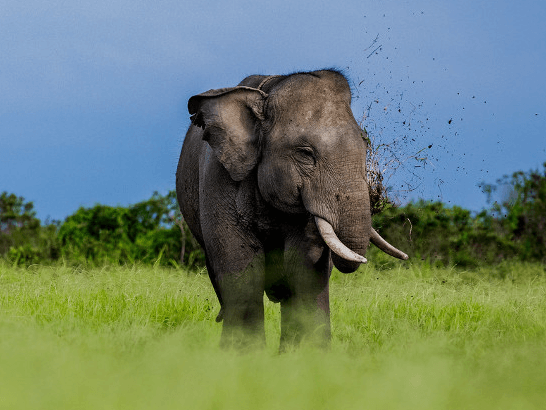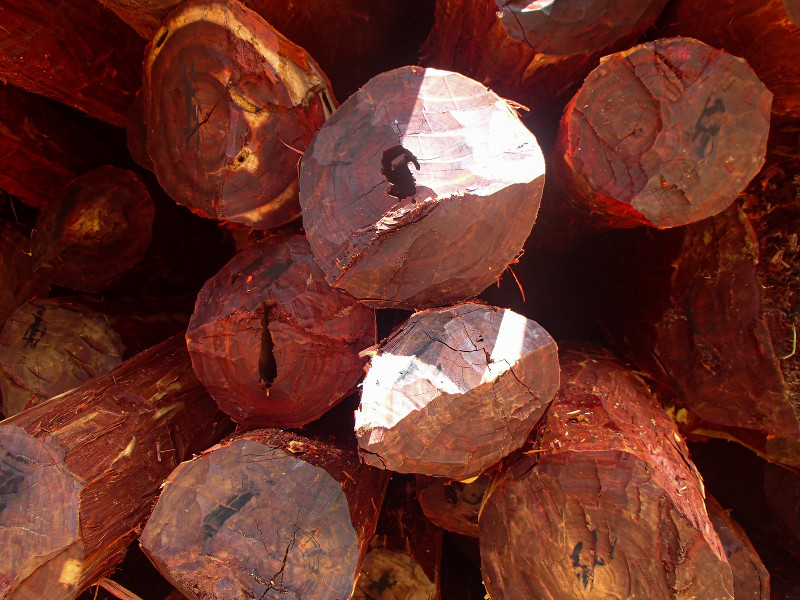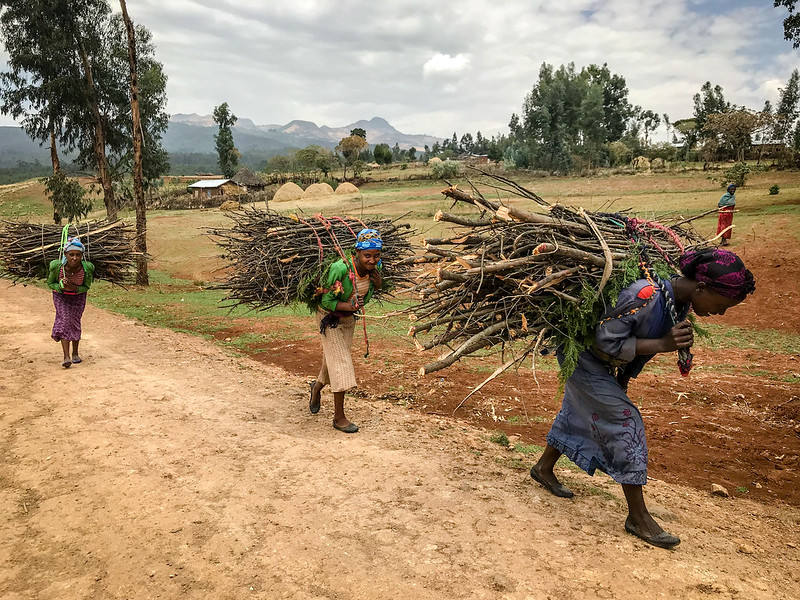Sexual size dimorphism (SSD), the difference in body size between males and females, is shaped by sexual and natural selection and often varies across populations due to environmental factors. We investigated SSD in the European stag beetle (Lucanus cervus) across three adjacent oak-forested landscapes in northern Latium, Italy. The three forest sites differ in their size, tree maturity, and landscape composition: Macchia Grande di Manziana (MANZ) is a mature, well-preserved forest with large oak-dominated trees; Montevirginio (MONT) is a mosaic of younger coppice forests and oak tree hedgerows due to periodic cutting; and Oriolo Romano (ORIO) consists of small hedgerows along rural paths, with a landscape similar to MONT but with less forested coverage. We assessed elytra and mandible length differences between sexes, interannual variability, and determined whether these variables correlated with tree size. Males consistently had longer elytra than females, with the degree of SSD varying significantly among the sites and years. The largest SSD was observed in MANZ while more moderate SSD occurred in MONT and ORIO. Male mandible length, a key sexually selected trait, was significantly larger in MANZ, with a strong positive correlation with tree size. Male elytra was also related to tree size. These findings highlight the influence of habitat quality, particularly tree size, in shaping SSD and sexually selected traits. Larger trees likely provide better larval habitats, fostering better growth. This study underscores the critical importance of conserving mature forests with larger trees to maintain stag beetle populations and preserve their natural morphological diversity. Future research should investigate additional ecological and genetic factors affecting SSD variation.
DOI:
https://doi.org/10.1007/s12210-025-01303-x
Dimensions Citation Count:























